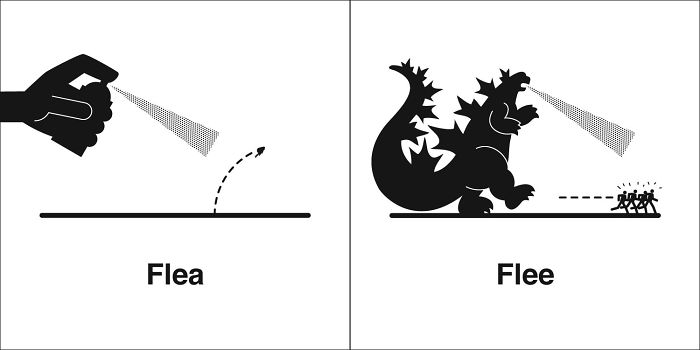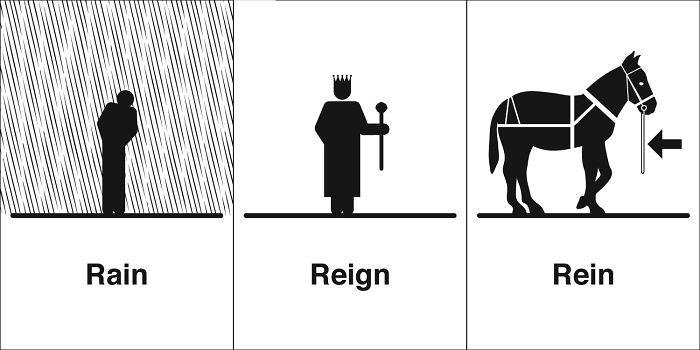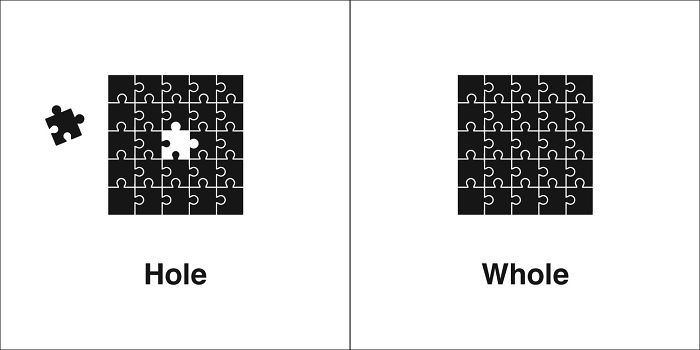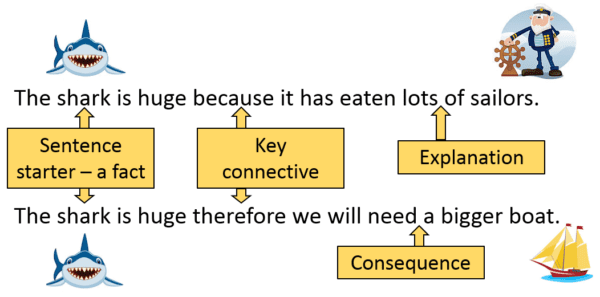Good literacy skills are really important to help you to achieve your best in all of your subjects.
Good literacy skills will help you to read exam questions and understand exactly what the question is asking you to do. These skills will also help you to construct better answers to exam questions and achieve marks available for correct use of key terms, spelt correctly. Literacy skills cover many things including spelling, punctuation, use of connectives and writing in paragraphs.
Skill One: Spelling
There are many strategies to help you to spell words correctly, such as mnemonics, letter patterns, word in a word, anagrams and testing yourself regularly.
Example of a mnemonic
|
B |
E |
C |
A |
U |
S |
E |
|---|---|---|---|---|---|---|
| Big | Elephants | Can | Always | Understand | Small | Elephants |
Example of letter patterns
necessary
1 collar
2 sleeves
necessary
Example of word in a word
separate
There is a rat in separate.
Example of anagrams
Setting yourself anagrams means that you have to look really carefully at the letters in the word. A clue by the side will help you to think of the word if you stuck.
Geography anagrams
tlsaa (book) = atlas
bnura (city as opposed to country) = urban
pprncattiiioe (cats and dogs) = precipitation
Test yourself regularly
It is really important that you regularly test yourself to see if you can spell keywords for each subject. The best way to do this is to use the look, say, cover, write, check method.
| Look | Say | Cover | Write | Check |
| Look at the word carefully. Look at each letter of the word. Trace over the word with your finger as you read it. | Say the word slowly. Listen to each sound in the word. Trace over the word with your finger as you say it. Say each letter of the word. | Cover the word. Try to see the word in your mind. | Now write the word down. | Check to see if you were right. If you didn't get it right, try again. |
Skill Two: Spelling Homophones
Homophones are words that sound the same, but have different spellings. They can be really tricky to spell correctly. Try using diagrams to help you to remember the spelling. For example:



Spot the incorrectly spelt homophones
There are 17 mistakes in this paragraph. Can you spot them all?
It was the last weak of the holidays. James was not aloud to go too the beech on his own, but he was board and wanted to play in the see. He sneaked down the stares and threw the back door. He rowed his bike to the sure, but it began to rein. The wind blue threw his hare and he turned round and road back with all his mite.
Skill Three: Punctuation
According to The Penguin Guide to Punctuation, “The problem with poor punctuation is that it makes life difficult for the reader who needs to read and understand what you’ve written.”
This would include your teacher and examiners.
For example, try to make sense of this paragraph without any punctuation:
We are going to learn today about the importance of punctuation there are lots of different forms of punctuation including apostrophes brackets commas and full stops having good punctuation enables the text to be read more easily and for the writer show which parts of the text are more important than others
Apostrophes
Apostrophes can be used to show the omission of a letter, or letters or possession.
Examples of omission of a letter or letters:
- Do not = don’t
- He is = he’s
- You have = you’ve
- They will = they’ll
- Had not = hadn’t
- I am = I’m
- They would = they’d
Examples of showing possession:
- The dog’s tail.
- Joe’s father was at work.
- The car’s battery was dead.
- James’ new shoes or James’s new shoes.
Brackets and pairs of commas
Brackets and pairs of commas can be used to add additional information to a sentence. It is not the most important information and the writer does not want to distract you from the key point. For example:
- We agreed to meet on my birthday (23rd July) outside the cinema.
- Photosynthesis uses light energy (from the sun) to react water and carbon dioxide together.
- Tom, who was the captain of the team, was a very brave player.
- Respiration, a process that occurs in every cell of the body, releases energy.
Skill Four: Connectives
Connectives allow you to link different ideas together in the same sentence. This can either be a fact with an explanation or a fact with a consequence.
For example:

You can use a connectives grid when you are completing a piece of writing, to help you to think of good connectives to use.
Skill Five: Paragraphs
When should you start a new paragraph?
In fiction, we start a new paragraph:
- At the next stage in a story
- When we go forward in time
- When we go backwards in time (e.g. a flashback)
- When we change the place where the action is happening
- When a different person gives their point of view
- When a new character joins the story.
In non-fiction, we start a new paragraph:
- To describe the next stage in a process or sequence
- To give a detailed example of what we are writing about
- To make a new point within a topic
- To compare things (for example, the qualities of two mobile phones)
- To give a different viewpoint.
Starting paragraphs
It is often useful to begin paragraphs with a topic sentence. This prepares the reader for the main idea(s) in the paragraph.
They also help us find a particular section again. If we know what part we wish to re-read, we can skim down the page reading the topic sentences.
For example if you were writing an answer to the question, “explain why alternative energy resources are needed” the topic sentences could be:
- We all use too much energy.
- This causes problems because…
- If we all continue to use too much energy…
Developing paragraphs
You can develop a paragraph by:
- Including several sentences which give lots of description
- Supporting some of your ideas with illustrations and examples.
Good paragraphs should have a mixture of sentence structures.
- Some short sentences and some long sentences.
- Some questions and some statements.
- Some sentences putting forward a point of view and others looking at the other side of the argument.
Paragraph structure
It may be appropriate to use the PEEEL structure in a paragraph:
P – Point
E – Evidence
E – Explain
E – Extend
L – Link back
(See the explanations section of the website for more details about how to write PEEEL paragraphs.)

